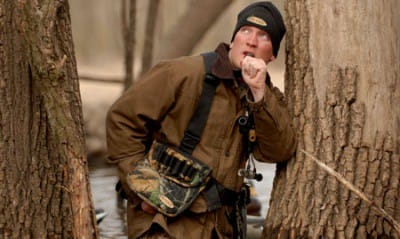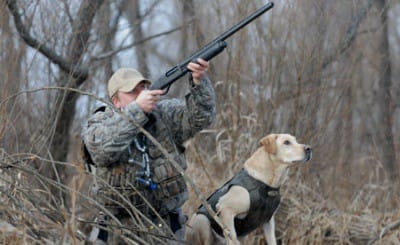
A good, old-fashioned mallard hen high-ball or feeding chuckle with work on a wide variety of species. However, for those days when the sprig or widgeon or bluebills don’t want to pay attention to that traditionalquack….quack….quack, doesn’t it make sense to give them something different? Let’s take a look at some species other than mallards, and their specific calling techniques.
Teal
The basic call for blue-wings is very similar to the hen mallard’s greeting call—the differences being the higher pitch and much quicker cadence. Many folks use a traditional mallard call on blue wings. More air and tongue pressure increases the pitch, and all that leaves is to kick up the cadence. Green-wings are what I call peepers—they make a high-pitched whistled Peep! – of short duration and high volume. The cadence when calling green-wings can be seen phonetically as peep! Peep-peep! Peep.
Gadwall
“My son and I came up with this gadwall drake call, and that really helped us with the gadwalls.” said legendary Duck Commander, Phil Robertson. “A gadwall hen sounds pretty well like a mallard hen, but the tempo is a little faster and maybe a little more – well, there’s not as much body to it. Most people will tell you that a hen gadwall is a mallard hen, but there is a difference to it. And when you mix in that old gadwall—‘bink, bink-bink, bink’—that little sound that they make, well it’s a deadly combo, my man.”

Widgeon and sprig
Widgeon are very vocal, both in the air and on the water, and it’s easy to imitate their simple two- or three-note whistling call. For years, I used an ordinary dog whistle, upside-down to prevent the pea inside from rattling and producing the trill. Others, my wife being one, use their natural voice. Still others opt for a more conventional widgeon call. Phonetically, the widgeon’s call sounds like “woo, whIT, woo” with each sound being produced in a breathy, back-of-the-throat sort of way. The drake also makes a two-note “whIT, woo.” Unlike the widgeon’s breathy tones, the bull sprig’s whistle is bell-like in clarity, and does incorporate a rolling trill not heard in the baldpate. Here, a dog whistle will work, sometimes quite well. However, I’ve found that the sprig-specific calls like Robertson’s seem to produce a clearer, more true tone.
Divers & sea ducks
“There are two diver calls I always have with me, a Big River diver call and a 7-in-1 whistle,” said David Drewry, a popular sea-duck guide on Washington’s Olympic Peninsula. “A simple ‘B-r-r-r-r-r-r-r’ on the Big River is often all it takes to grab the attention of a passing flock of bluebills or goldeneyes. Scoters will occasionally respond to a similar low ‘growl.’ The 7-in-1 makes a great harlequin call. Drake harlequins utter a series of low squeaks and whistles when pursuing hens, and they’re especially vocal during the breeding season. Plugging the hole in the 7-in-1 and blowing several low whistles in succession duplicates this call.”



